Finding Your Drawing Style
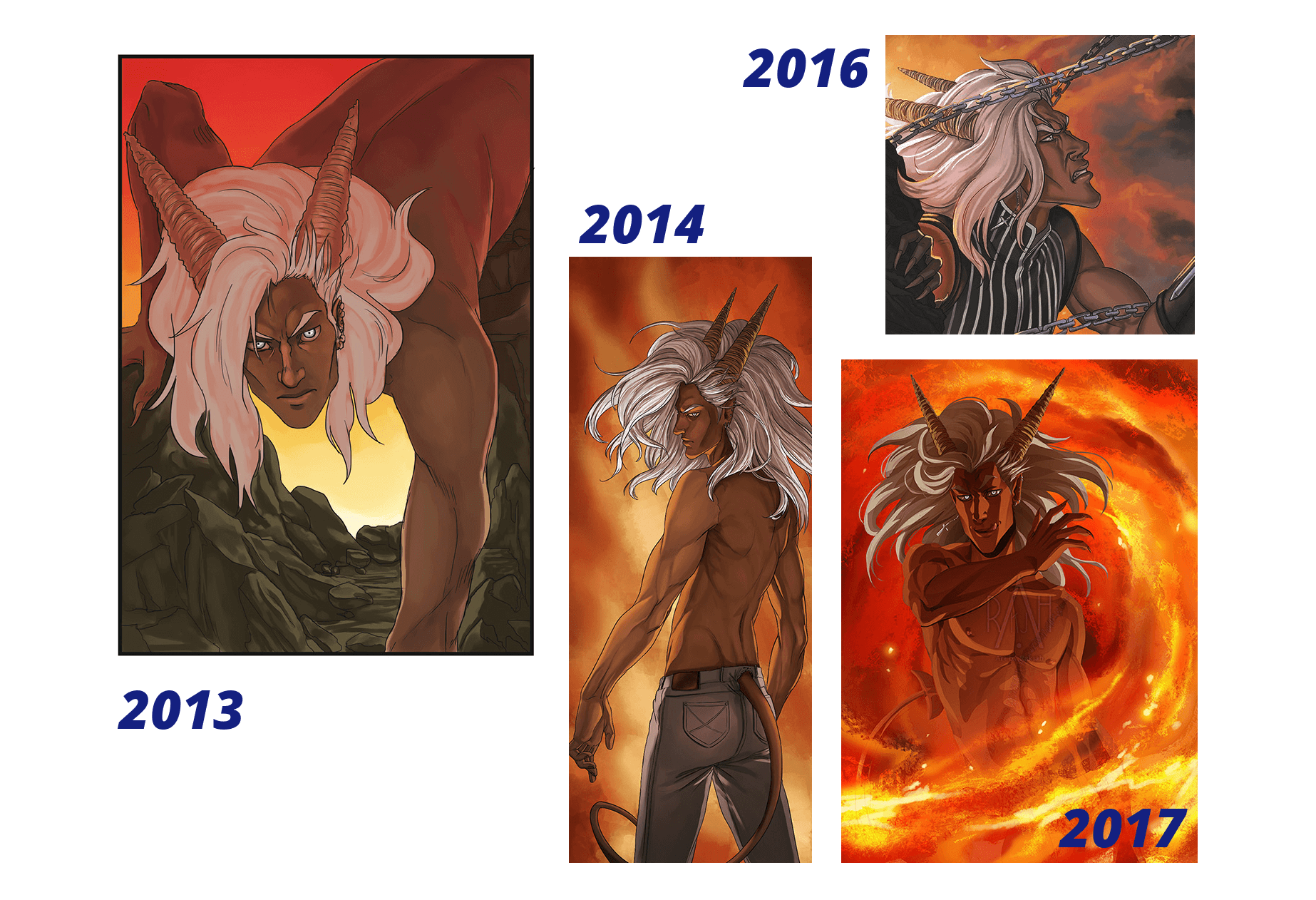
How to find your style? This is a question that often comes up among young artists who watch their seniors with very distinct and characteristic styles. Finding your style means making yourself unique, becoming an accomplished artist! When you have your own style, people recognize your touch; they identify you immediately. It's like the voice of a singer.
But how do we find it?
And before finding one's style, it is also important to know how to proceed at the level of thelearning to draw, so if you're interested in that, I invite you to read our blog post on Dessindigo!
WHAT IS A DRAWING STYLE?
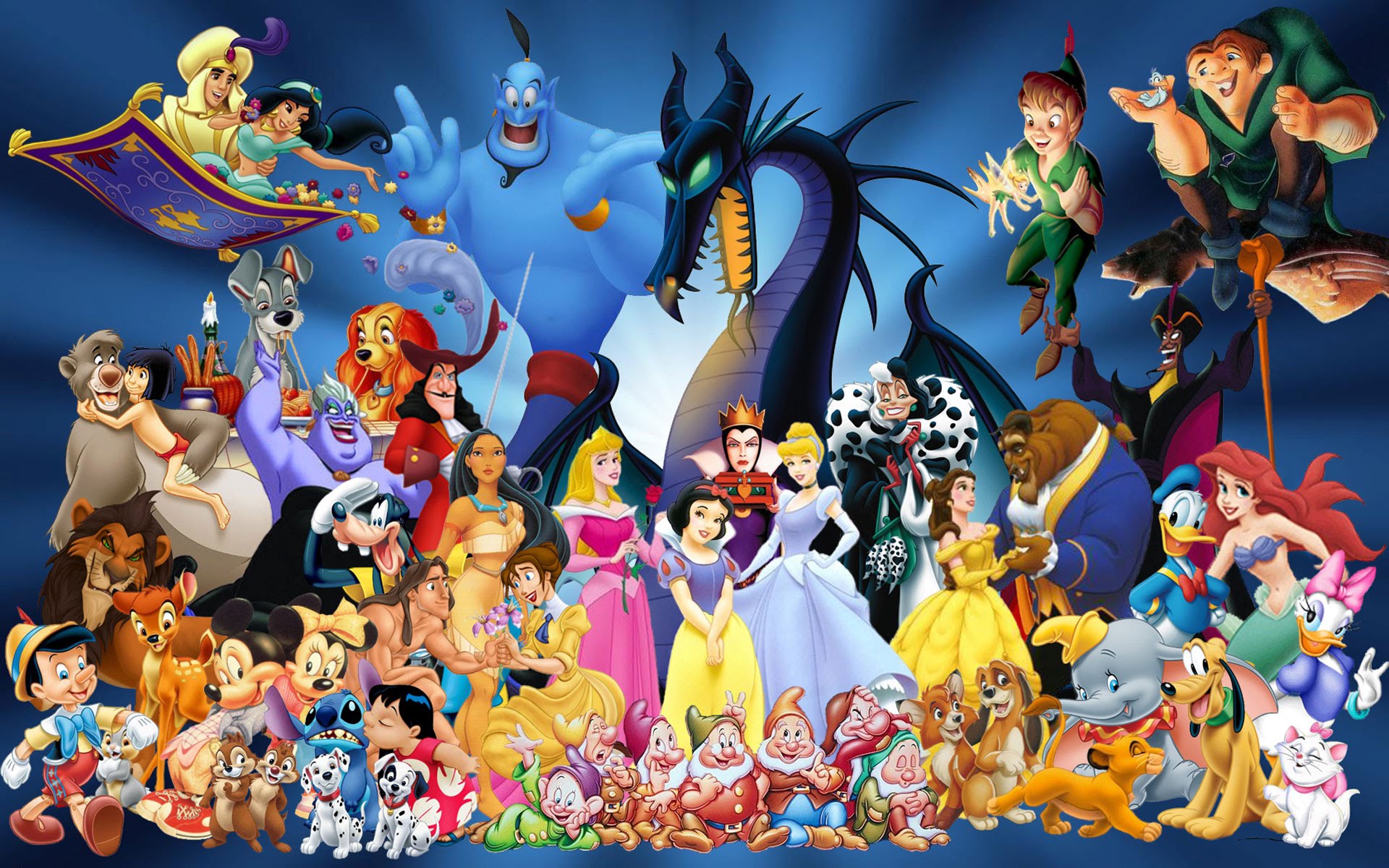
The style or graphic signature of an illustrator or a project is the set of graphic characteristics that make it unique and recognizable among others. For example, the Disney style, Pokémon, or The Simpsons. Each has a set of specific characteristics that make them very recognizable at first glance. And among the Disney creations, you find different styles, such as those of Hercules, Mulan, or Sleeping Beauty. But that's a different case; here, what we are interested in is the unique style of an artist.
The drawing style is governed by a whole set of criteria, including the design of characters and different parts of these characters, the style of decor, the chosen colors, the way of inking / lining or not, the textures, the chosen compositions, it can even extend to the artist's favorite themes.
A Van Gogh, a Picasso, or a Caravaggio are radically different from each other. They each have their style, with a way of working that suits them, favorite themes, etc.
It is therefore dependent on a whole range of criteria that can vary more or less from one artist to another.
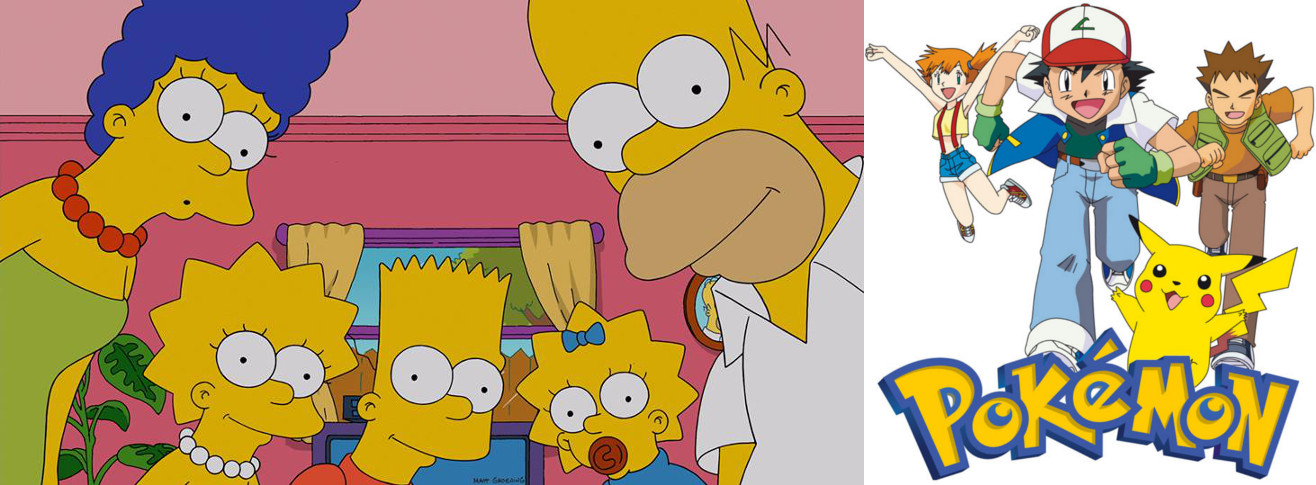
HOW TO FIND YOUR OWN STYLE?
I feel like saying that a graphic style is not something you search for, and therefore, you don't find it either. It develops naturally over time. It's a bit like handwriting. We don't choose how we write, it's just that over time we have our own way of drawing letters, formulating our sentences, organizing our ideas, etc. Besides, this is what allows graphologists to do their work :)
To get back to our topic: as a person, you have tastes. There are things you like and others you do not. Some things seem more important to you than others. In drawing, as you have seen, there are many criteria to consider in order to improve and become an accomplished artist. But depending on your character and tastes, you will not give the same importance to all these criteria.
Here again, this can be compared to searching for housing. You will have very important criteria, without which you would not want to buy or visit certain dwellings. And others on which you can compromise. For example, if you absolutely want an open kitchen, and you find the house of your dreams, without an open kitchen and with no possibility of making one, then you will refuse. Conversely, maybe you do not care about the kitchen, but it must have perfect soundproofing or no overlooking neighbors. In short, these criteria are purely personal and therefore will naturally steer you in a certain direction.
The same goes for drawing. For some, the accuracy of the drawing (anatomy / perspective) is paramount. For others, it's the composition, no matter if it requires sacrificing a bit of accuracy in the drawing. For yet others, it might be the colors. And so on. This will already begin to determine some characteristics of your graphic style. Naturally, you will emphasize the criteria that seem crucial to you and neglect or work less on others.
THE DIFFERENT FEATURES THAT MAKE UP A DRAWING STYLE
Here is a non-exhaustive list of criteria that help to recognize a style:
THE FEATURE
Among the many characteristics, we can mention the line work, that is the way you draw your lines or ink your drawing. Even a simple sketch can differentiate between artists.
Just like with writing, not all letters are drawn in the same way. You might like neat and very fine lines, choose not to ink all the details of your drawing to add some color later, or on the contrary, enjoy thick and bold strokes, or prefer a more thrown-together look, like a sketch. You might even have the habit of emphasizing lines more in shaded areas, for example, or making a thicker outline around your character or to mark your different planes. This choice already gives you a certain style.
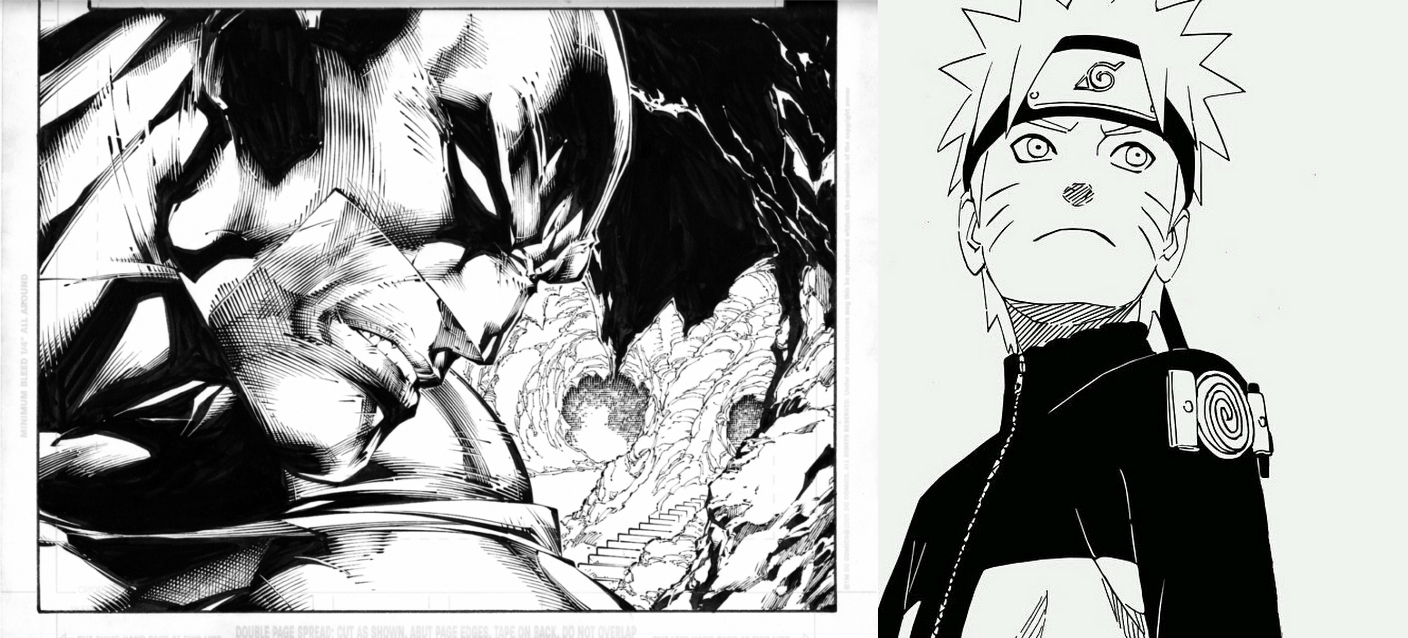
THE COLORS
The same goes for your choice of colors. You can look at the galleries of artists you admire, and you might notice that they tend to have favorite colors that regularly appear in their illustrations. Here again, your choice of colors will make you recognizable.
Add to this the way you color your illustrations. Are you using a watercolor style with a lot of whites? Or a style more similar to what we see in animation, like cell-shading? Or a more advanced style, closer to painting, much more realistic? Or a kind of in-between?
Do you like to degrade shadows and lights or work with blocks of juxtaposed colors? Do you like it when your brushstrokes (physical or virtual) are visible, or do you prefer everything to be perfectly smooth?
These choices, determined by your tastes and your comfort with one method or another, are also a criterion of your style. In the event that you would like to know more about colors, namely thecolor drawing rules, there is a dedicated article on our blog, feel free to check it out!
THE TOOLS USED
The choice of your drawing tools and how you use them is also a characteristic in itself. Each artist has their quirks, their favorite tools, and their own way of using them. Sometimes even in a way that was not originally intended for that.
An artist who works with traditional tools produces different results from an artist who works digitally. Depending on the software you use, the tools you use on this software, and how you use and combine them, you will also not have the same output as your neighbor.
Watch two artists work on the same software, on the same given drawing, and they will not work in the same way at all and will have completely different outcomes. Moreover, it reminds me, regarding software, there is a list on thebest drawing softwareon our blog, I invite you to go and see, to find out which one would be the most suitable in relation to what you are looking for ;)
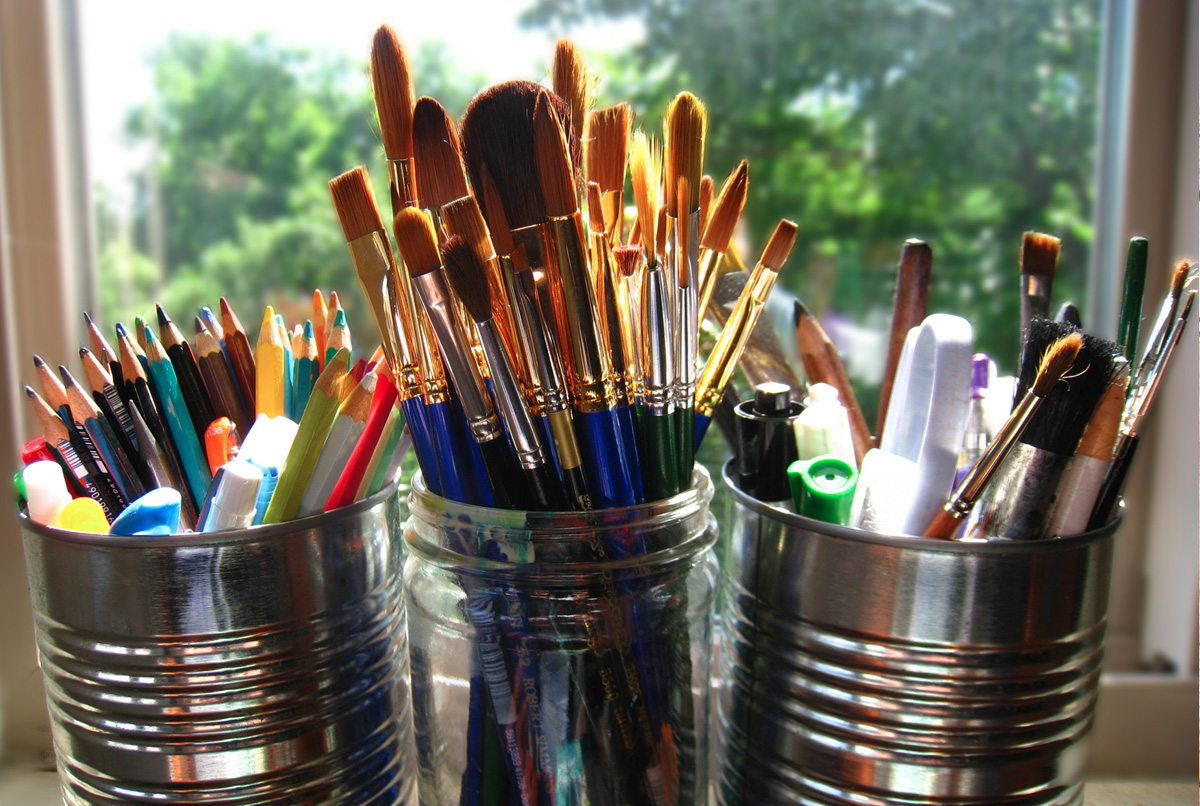
Photo from http://www.artsuppliesdirect.com/
GRAPHIC DESIGN
The way you position your lights, the level of detail you give to your drawing are also to be considered. Do you tend to be very realistic or, conversely, to highly stylize?
An artist who practices hyperrealistic painting, with appropriate colors, textures, and designs will differ from their colleague who does the same but with more stylized manga-like characters, or from another who uses a thick line and simple color rendering with punchy colors.
The simple choice of opting to create very simplistic characters, or to go into great detail, or to make your faces and characters simple but the rest very detailed, or vice versa, represents just as many other criteria that can help identify your graphic style.
We could also talk about the composition of your illustrations, or about recurring morphologies in your drawings, or a certain type of face, etc. There are numerous criteria, each with an infinite number of variables and combinations, leading to the fact that everyone develops their own style.
This therefore means that on your scale, you havealreadya style. Probably still embryonic and probably still very influenced by your taste for the work of certain artists.
Moreover, if you sometimes manage to find it, it is common to see in galleries artists leaving their very old works online, showing what their initial influences were. Often, you will recognize another graphic style, for example a famous manga or the Disney style. You can then see the slow evolution over the years of the artist's style until it becomes clearly unique. I have included the evolution of one of my characters from its creation until now so you can see the evolution of my own style over time.

TO CONCLUDE
Your style may be very close to a famous existing style at the moment. But it will evolve, as you have new influences, as your skills grow, and as you identify criteria that seem important to you. Your style will build and strengthen itself over time and with practice.
So don't be in a hurry, because as they say:
"Everything comes to those who wait"
Editor and illustrator: Rakjah


Yes, it's true, I had a hard time choosing at the beginning, but then I finally found what I was looking for, so I chose several styles and it suits me this way.